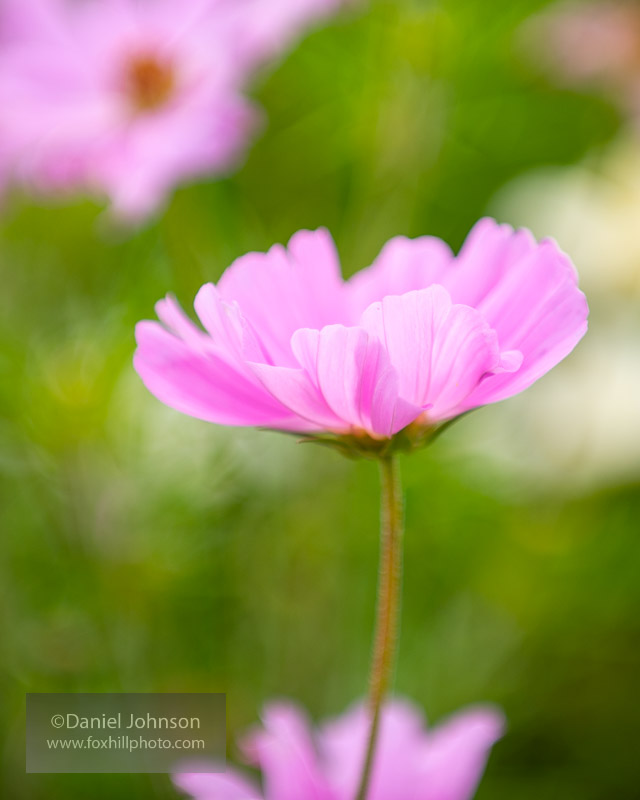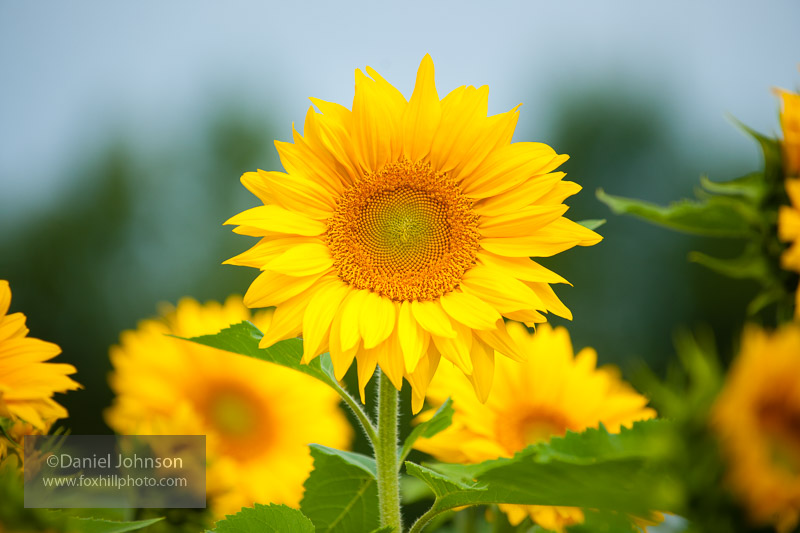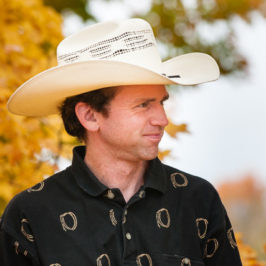Flowers present us with virtually unlimited photo possibilities. You can shoot close-ups of flowers, landscapes that incorporate flowers, or even use flowers as backdrops for other subjects. Flowers are naturally beautiful, of course, but it’s not always simple to capture that beauty in a photo and have the flower “read” the way it does in person. Here are a few tips to help get you started photographing flowers.
1. Slow down and take your time
One of the nice things about flowers is that they are passive. Flowers don’t mind having their photograph taken, and flowers don’t complain about how long it takes. So take your time and really study the scene. Flowers can help you practice the art of truly crafting a photo.
2. Choose the right lens
I use a 105mm macro lens a lot in my garden and for photographing flowers. It’s a nice choice because it allows me to get in as close as I might want to, while still providing the compression and perspective of a “tele” lens. But a macro lens isn’t your only option. A long lens like a 200mm or 300mm can also get the job done. The combination of a long focal length and a wide aperture like f/2.8 or f/4 creates a shallow depth of field reminiscent of a macro lens.

Cosmos flowers
3. Mix up the colors
If you find a place where there are multiple types of flowers in various colors, try using this to your advantage. While you might not be able to move the flowers themselves, you can adjust your own position and perspective until you have flowers of one color as a foreground subject, and flowers of another color as a background.
A shallow depth of field is ideal here as you want the foreground flowers to be sharp and the background flowers to simply dissolve into a blur of color. Try to find a color combination that is particularly striking when photographing flowers; you can get ideas from the color wheel. Also: use flowers as backdrops for portraits of humans or pets.
4. Shoot in soft light
You might be familiar with the concept of “hard” versus “soft” lighting, where hard light is strong and direct with obvious shadows and soft light is more diffuse and indirect. These two types of lighting can have a major effect on flower photos. Oftentimes, soft lighting is preferable, and can be achieved by shooting on a cloudy day, or by having an assistant hold a scrim over the flowers to block the light while you use a reflector or flash to bounce soft light back into the scene. Soft light allows you to concentrate on the details and shapes of the flowers themselves, without distracting shadows. Soft lighting also tends to increase color saturation.
5. Shoot in hard light, too
On the other hand, hard lighting has its place in flower photography as well. Not necessarily the harsh, high mid-day sun, but direct sunlight early in the morning or in the evening can make for excellent photos. When used as sidelighting, hard light can help bring out certain textures in the flowers, or you can even backlight the flowers and make them glow with the translucency of the petals.
Also, try to find a flower that is lit up by the low sun but has a dark, shadowed area nearby that you can use as a background. Shoot the flower with spot metering so that the background goes entirely black—it will look like the photo was shot in the studio.

Sunflowers
6. Watch your shutter speed
You might say, “Wait—what difference does the shutter speed make? Flowers don’t move.” Ah… but they do move if there is any breeze whatsoever. A slight waving in the wind might not seem like much, but keep in mind that if you’re using a macro lens and working close, the magnification of the lens will also magnify any slight motion of the flowers (not to mention the motion of your camera).
7. Find a fresh perspective
It’s all too easy to simply shoot down at the flowers from a standing position. You can certainly achieve excellent photos this way, since it presents a natural view of the flowers that is similar to how we experience them in everyday life. But once you’ve done that, push yourself to find a new perspective. What happens if you get down low, level with the flower’s “point of view”? You’ll find that the background changes significantly and the flower might appear more three-dimensional.
What if you keep going lower, so that the camera is actually below the flower and looking up? Now the sky becomes the background. This isn’t how people typically experience flowers, so the photo might be something of a surprise. An articulating LCD screen can make it a lot easier to shoot this way. Have fun, but keep in mind that it’s also possible to overdo unusual perspectives.
If you enjoyed this post on photographing flowers, you might also enjoy this author’s advice on using a macro lens and capturing northern lights.
